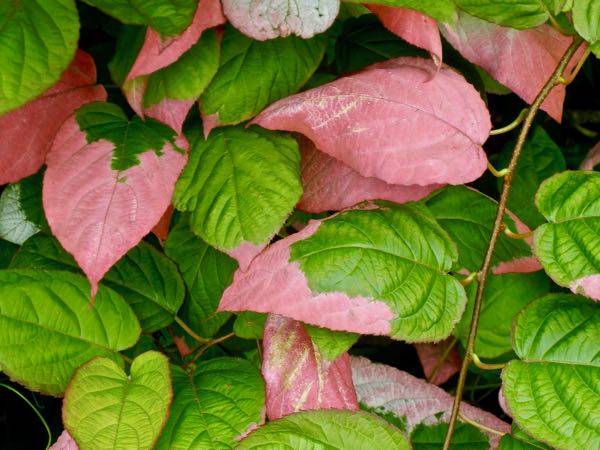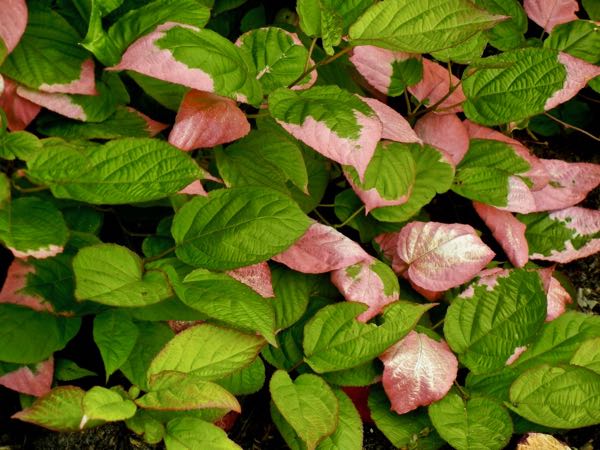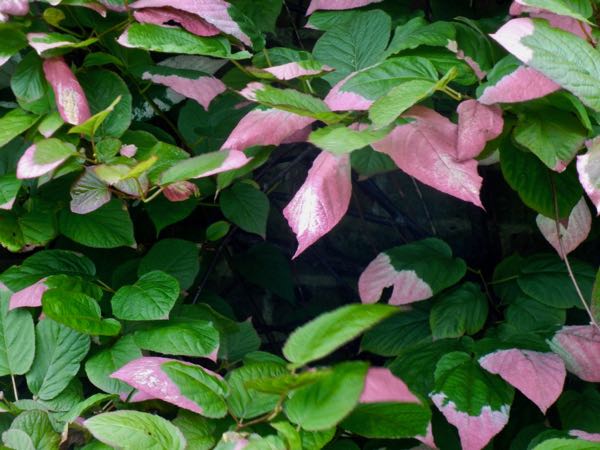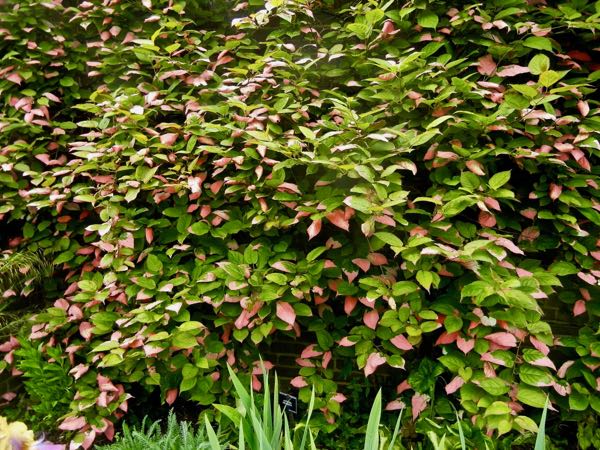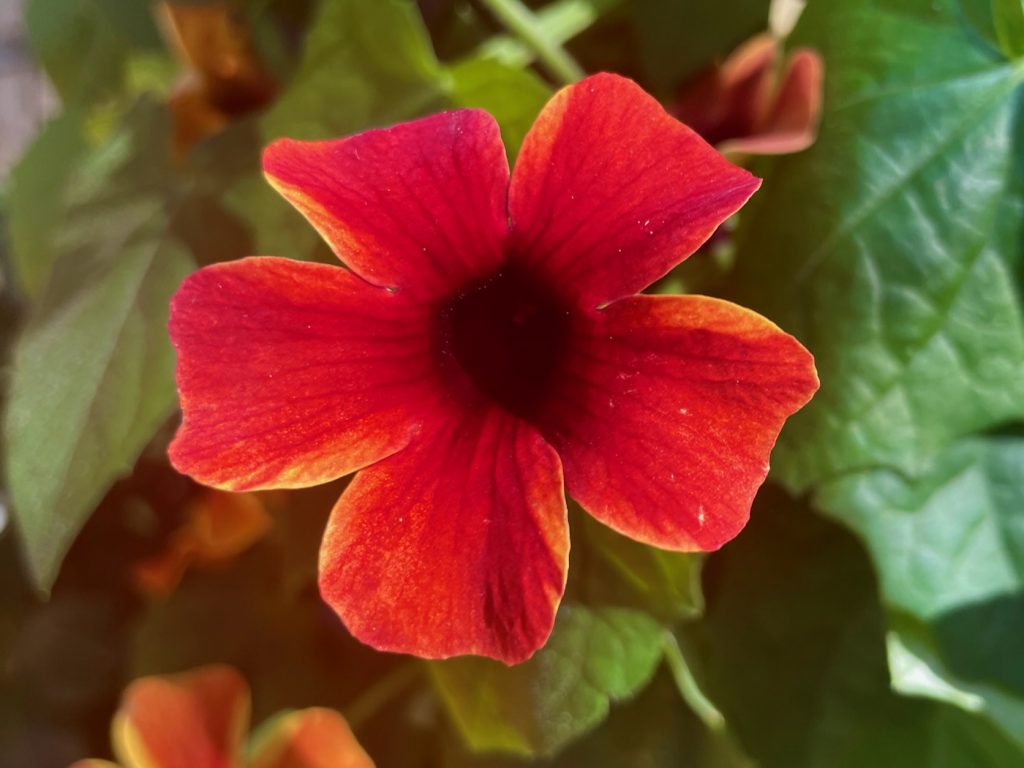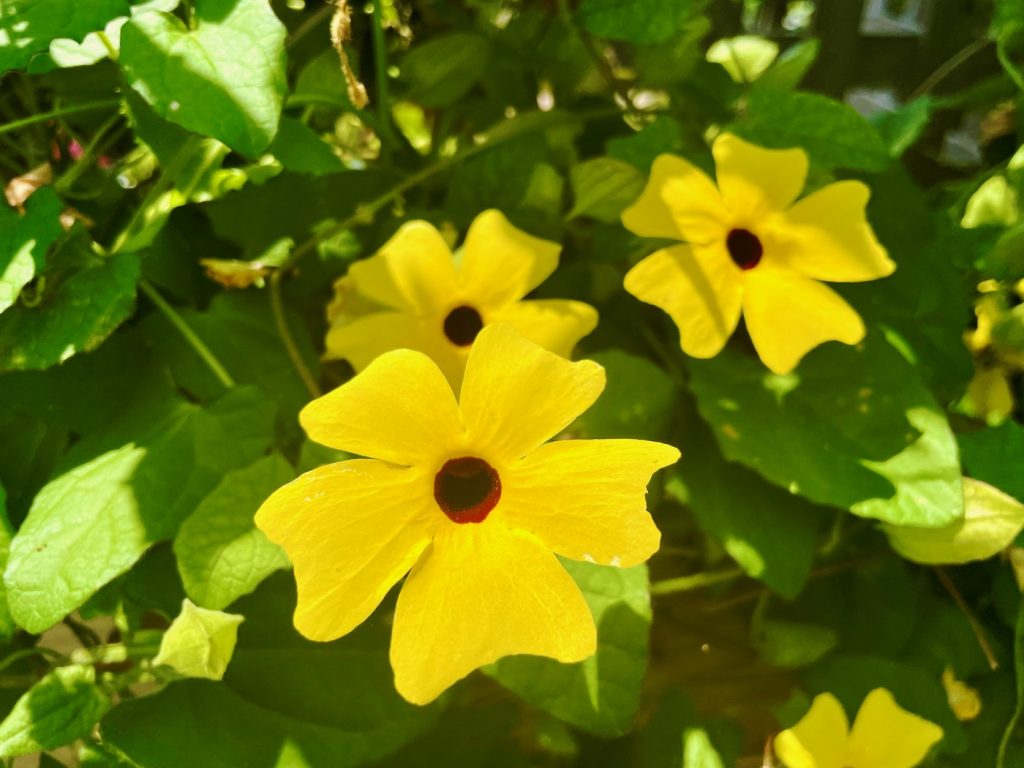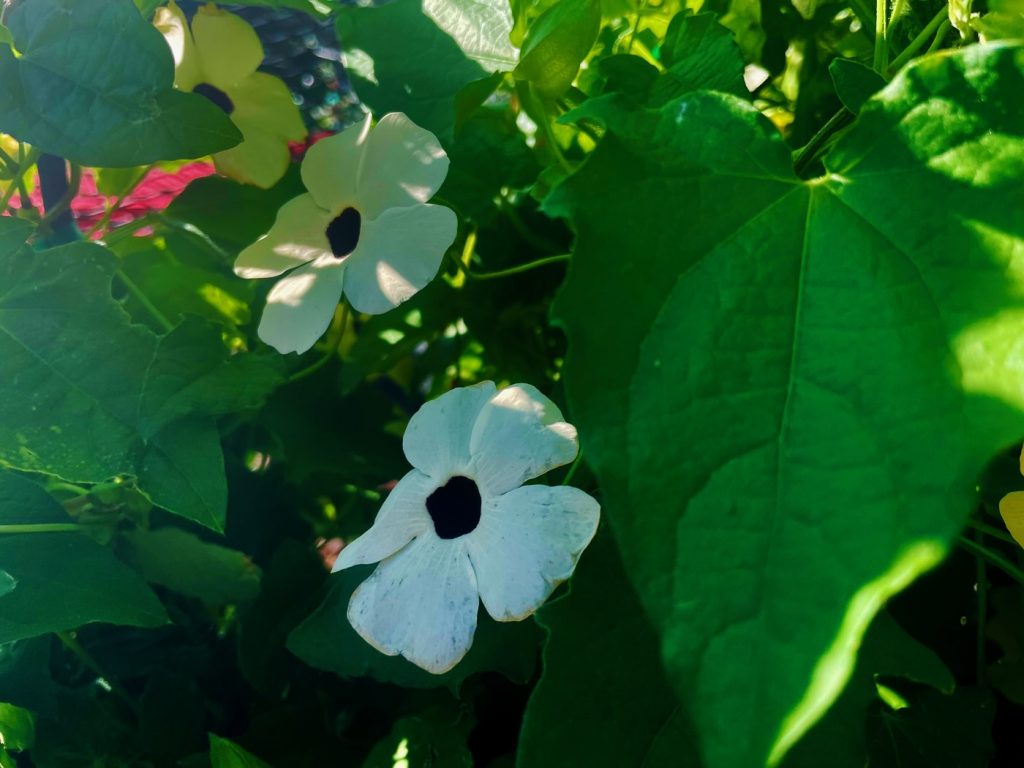Actinidia kolomikta is also known as Kolomikta, Variegated Kiwi Vine, Kewee, Variegated-leaf Hardy Kiwi, or Michurin Actinidia. It is part of the Actinidiaceae family of plants.
It is native to East Asia including the Russian Far East. This plant is a long-living plant and a deciduous climber. Actinidia is from Greek meaning “rayed” or “kiwi”.
They grow Actinidia kolomikta mostly for its attractive foliage. It has heart-shaped leaves. Some leaves are green. Some are variegated in pink and white. Actinidia kolomikta was first collected in 1878. The collector was Charles Maries (1851-1902), an English botanist. He went to Japan on behalf of James Veitch & Sons of London and eventually discovered Actinidia kolomikta in Sapporo, Hokkaido.
Actinidia kolomikta flowers in the summer. It has fragrant flowers. The flowers are dioecious and are usually hidden by the leaves. Male and female flowers appear on separate plants. After flowering, it produces fruit on female plants. Fruits appear in autumn. The fruits are edible and oval-shaped. Actinidia kolomikta can grow to 20ft or 6m tall.
How to grow Actinidia kolomikta:
To successfully grow and maintain Actinidia kolomikta, also known as Variegated Kiwi Vine, follow these essential steps:
Sunlight and Location: Choose a sunny spot or an area with partial shade for planting Actinidia kolomikta. This vine thrives when exposed to sunlight, as it promotes the best foliage coloration. Ensure the plant receives at least a few hours of direct sunlight each day.
Soil and Drainage: Plant Actinidia kolomikta in moist, fertile soil that offers good drainage. The soil should retain moisture without becoming overly saturated, as well-drained soil helps maintain optimal root health.
Pruning: Regular pruning is crucial for maintaining the desired shape of Actinidia kolomikta and encouraging healthy growth. Prune the vine to control its size and shape, removing any dead, damaged, or overgrown branches. It is best to prune during the dormant season or after flowering.
Propagation: Actinidia kolomikta can be propagated through various methods such as seed, softwood cuttings, and layering. Collect seeds from ripe fruits and sow them in a suitable growing medium. Softwood cuttings taken from new growth can be rooted in a moist rooting medium. Layering involves bending a flexible stem to the ground, securing it with a stake, and encouraging it to develop roots before separating it from the parent plant.
Cat Attraction:
Actinidia kolomikta possesses an alluring effect on cats, even more so than catnip. If you have feline friends, they may be attracted to the plant. Consider providing suitable climbing structures or designated areas to accommodate their playful tendencies.
Pest and Disease Control: Actinidia kolomikta is generally pest-free, making maintenance easier. However, occasional monitoring is recommended to detect any potential pest infestations early. Keep an eye out for common garden pests such as aphids or spider mites, and take appropriate organic pest control measures if necessary. This vine is also known to be disease-resistant, reducing the likelihood of disease issues.
By following these guidelines, you can successfully grow and maintain Actinidia kolomikta in your garden. Remember to provide adequate sunlight, ensure well-drained soil, prune as needed, and propagate using suitable methods. With its striking variegated foliage and resistance to pests and diseases, Actinidia kolomikta will be a delightful addition to your outdoor space.
